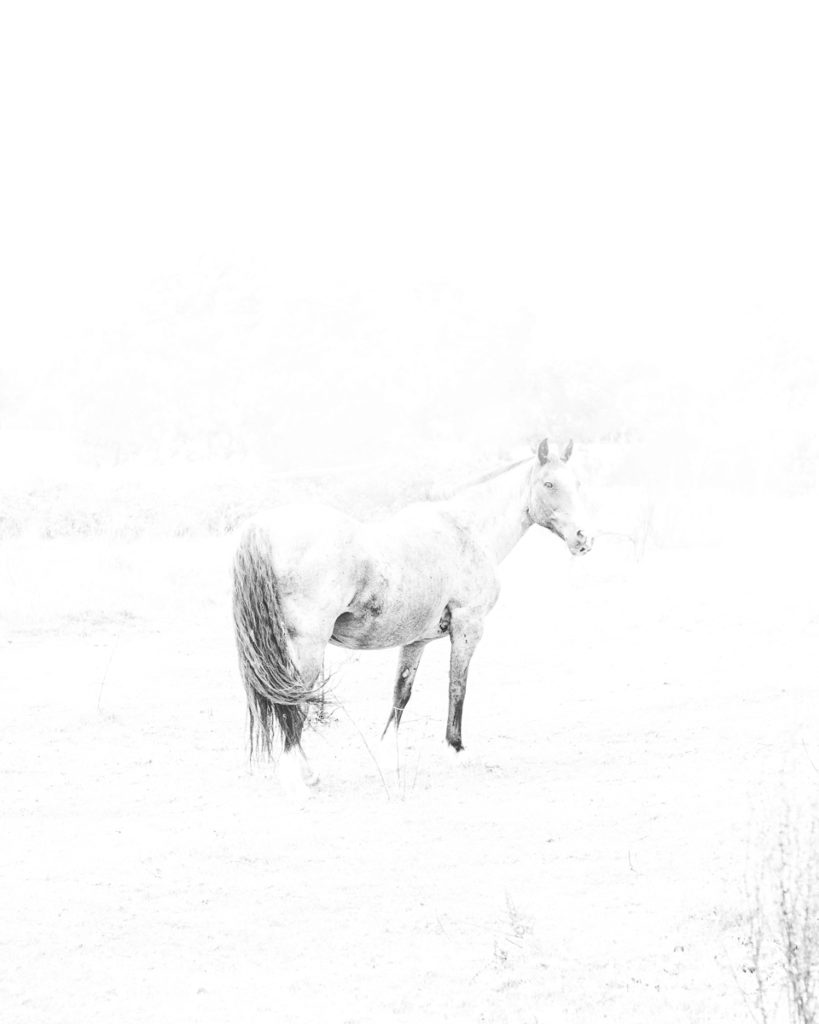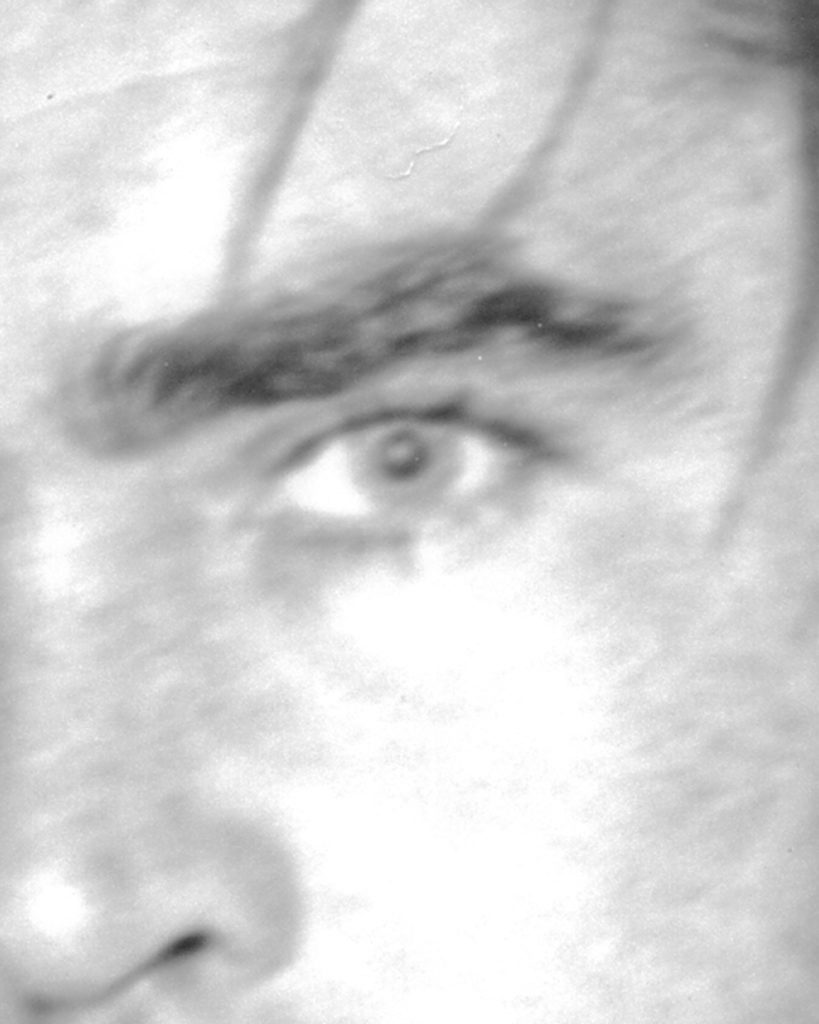Morganna Magee is a based in Naarm ( Melbourne, Australia) living and working on the land of the Wurundjeri, Bunurong and Boon Wurrung people, the foothills of the Dandenong ranges. Her practice sits between storytelling and expanded documentary, creating work that pulls from an emotional response to the world whilst still being based in the documentary tradition.
May the photographs of this series be considered a self-portrait of you?
That’s actually a really interesting question. I think this work is representative of how I feel my way through the world. The camera is always an extension of how we see but this series has allowed me to really translate how I feel about my surroundings and life.
We discern ‘extraordinary’ manipulations in the techniques of both shooting and scanning. Why did you decide to become intensely engaged in this field?
I began extraordinary experiences after a conversation with a dear friend whose first experience of death was very traumatic. Australian society never really welcomes conversations about grief so I wanted to talk her through some of the physical effects I felt of grief after my father died when I was 25. Quite often, within a few months of someone dying, you will see them. Not in a ghostly way, your brain actually tells you they are standing in front of you. When it happened to me, it was as if my father was projected onto another man I saw in passing. It shook me to the core.
This work stems from that feeling of seeing something and not quite knowing if it’s real, even if it is familiar. I’ve mainly shot with large format since 2019 and when the pandemic hit I began developing my own films out of necessity. I began to see quirks, accidents and interventions that the final images would have, sometimes from photographing, sometimes from processing and often from digitising the negative. I love the idea that the final image seems to encompass more than what was in front of the camera, it feels like a magical intervention.
What is the metaphorical quality of the various photographs of animals?
Animals are very important to me and have always been a big part of my life. Animals see differently from humans and rely on our body language to know if a human will hurt them. To make portraits of an animal they need to trust you enough to be still and not to fear your camera. So for this project I was interested in how animals choose to connect to me and how I can photograph the intimacy of that trust. The animals in the book are a mix of domestic and wild, the dingoes and owl are the only predators, yet both accommodate me and my large format camera with curiosity instead of hostility. The horses are local to my home, not everyone knows horses are prey animals so if they choose to be near a stranger they need to feel safe in your presence. Horses also have a strong “flight” response so if you are scared of them, they will be scared of you. Animals fear pain or death, they aren’t as preoccupied with the other fears we have as humans. And of course sadly humans are the cause of most pain and death that animals suffer. The kangaroos carcases in the series are a testament to that.
You’ll be releasing ‘Extraordinary Experiences’ as a book with Australian publisher Tall Poppy Press and that’s fantastic. Since I haven’t found much information about this, could you give us a little teaser? How did the collaboration with Matt Dunne come about?
Matt approached me last year with the idea of publishing the work which was so exciting as I had always viewed this series as a book. Matt is a photographer and writer who has a deep passion for photo books and is a patient and enthusiastic collaborator! Tall Poppy Press is a new publisher which will focus on Australian photographers. We are working on the book now and it will be released for sale in April 2022.
We can notice that you are working on long-term projects. How do you decide the perfect timing to put down the camera and publish the work?
This is my main problem- I never want to put the camera down! I love making images more than anything but was given the advice once that if you cease to be surprised by your images you need to move on. This work has evolved a lot since I started it late 2020 and now I am finding myself moving into photographing different subject matter which I believe is a sign that new work must be brewing in me.
You are a founding member of Lumina Collective. Can you share some info about it and how do you feel being part of a collective?
Lumina was started by myself and my beautiful friend Aletheia Casey when we saw a gap in the way Australian artists were sharing documentary work. Aletheia is one of my favourite photographers, and constantly pushes the boundaries of her practice. We decided to start a collective that gave a platform for new ways of telling stories and sought out artists whose work excited and challenged us. Being a part of a collective has been excellent- having a safe place to share ideas, triumphs and mistakes has helped us all grow as artists.
You have a wide body of work and a lot of experience as an artist. In your art making (perception of art in general), what would be the biggest difference between the early stages of your career and the present?
I think as a young photographer I was really concerned with making work that was clear to an audience. If I communicated well I believed I had succeeded. However, since 2018, my practice has changed into being more personal. I started to make work that was about pleasing myself- photographing in ways I enjoy but spending time in the landscape, with animals and with family. It’s been very freeing and very productive to make work on my own terms.
More on her website














